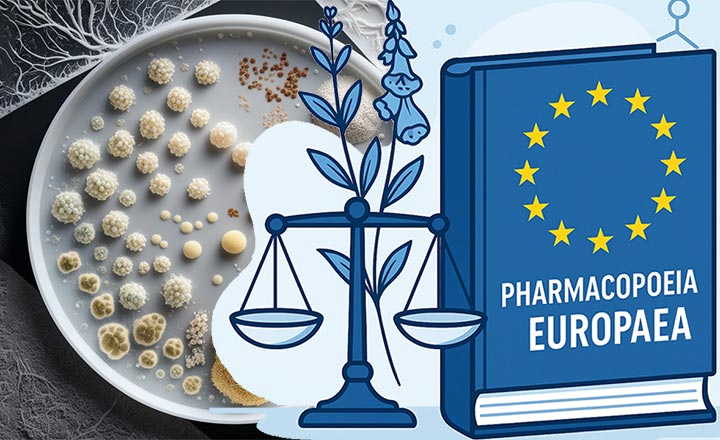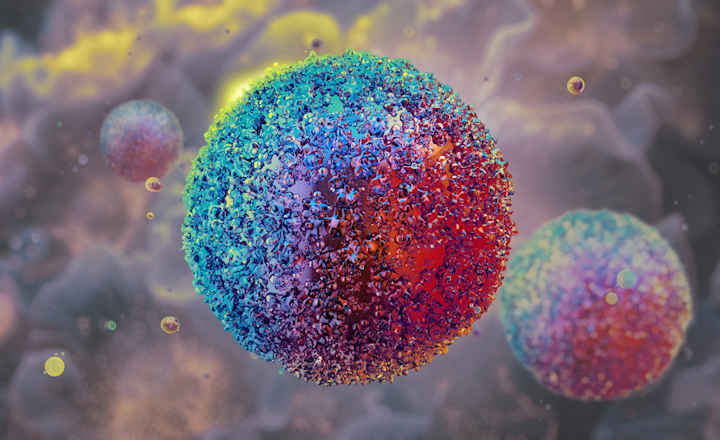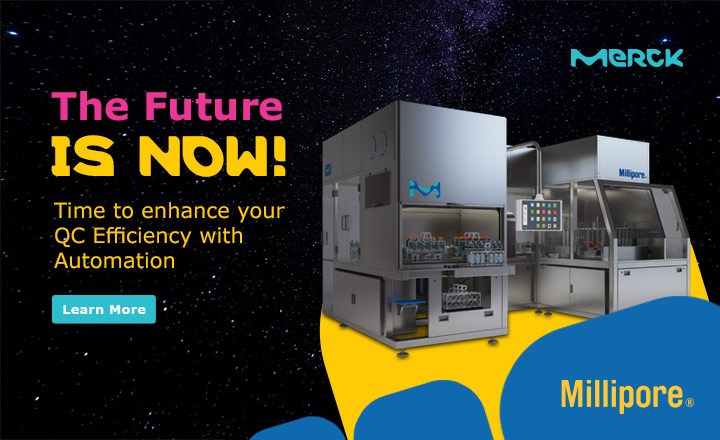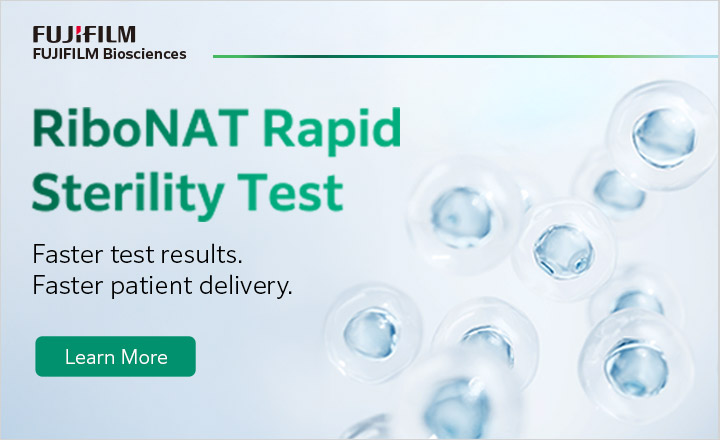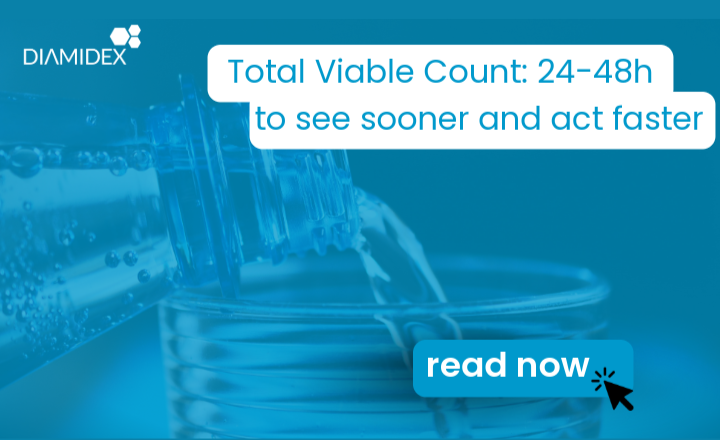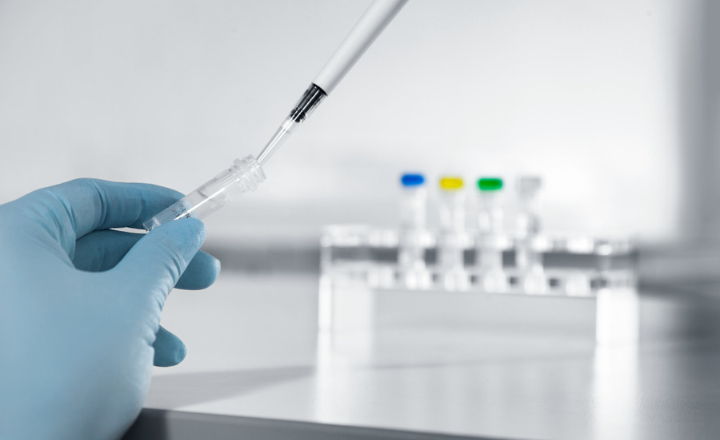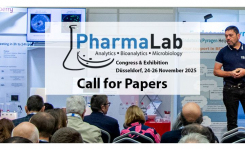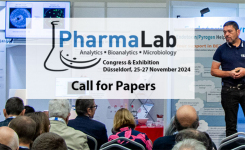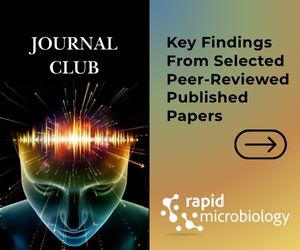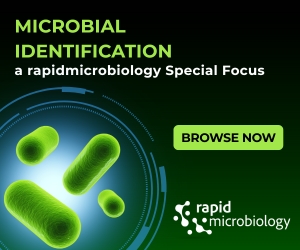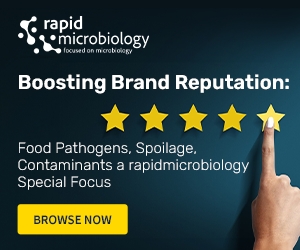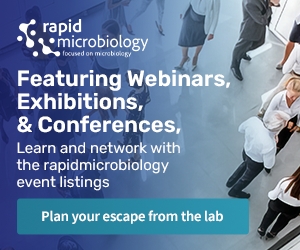European Pharmacopoeia Chapter 5.1.6 undergoes significant revision addressing implementation challenges in alternative microbiological methods:
- Stakeholder feedback highlights resource-intensive validation requirements and calls for streamlined processes to reduce duplicated work across laboratories
- Technical scope concerns include limiting nucleic acid amplification techniques to mycoplasma testing despite broader sterility applications, plus ongoing debates over comparability testing requirements
- Proposed EDQM certification system for rapid microbiological methods could save time and share validation resources among laboratories
- PharmaLab 2025 (November 24-26, Neuss) will feature dedicated expert sessions addressing these critical revision issues and implementation strategies
The European Pharmacopoeia (Ph. Eur.) faces limitations in providing detailed protocols for alternative microbiological methods, mainly because these are device-dependent, monopolies cannot be supported, and many methods lack full regulatory acceptance. Despite this, there is a commitment to promoting rapid microbiological methods (RMMs), reflected in the publication of Chapter 5.1.6 “Alternative methods for microbiological quality control” in 2006, now under revision and open for public comment in Pharmeuropa 37.2.
The revision aims to update the list and descriptions of methods, offer guidance for optimising implementation strategies, and clarify responsibilities between suppliers and users — particularly for primary validation and comparability studies with existing methods. The implementation pathway typically includes method selection, device qualification, primary validation, product-specific validation, and comparison to existing methods.
Stakeholder feedback recognises the chapter’s role in supporting new methods but highlights that implementation remains difficult and resource-intensive. Suggestions include a certification system for RMMs by the EDQM to save time, share resources, and avoid duplicated work.
The ECA Pharmaceutical Microbiology Working Group reviewed the draft, raising key issues. For instance, the current section on nucleic acid amplification techniques (NAT) appears to limit their application to mycoplasma testing and detection of certain microorganisms, despite increasing use in rapid sterility testing. Stakeholders suggest broadening this scope.
There is also debate over whether comparability between methods can sometimes be established without direct side-by-side testing — e.g., when an alternative method shows a detection limit of one microorganism. Critics caution that even with a theoretical LoD of 1 CFU, recovery can vary by strain and conditions, meaning LoD alone may not ensure equivalent performance. This view conflicts with the chapter’s current statement requiring direct demonstration of comparability with pharmacopoeial methods.
Other concerns include references to “stressed microorganisms” without a clear standard for producing pharmaceutical-representative stressed strains. These and other points need further clarification before the chapter is finalised.
The ongoing revision of Ph. Eur. Chapter 5.1.6 will be a focal topic at PharmaLab 2025 (24–26 November, Neuss), which will host a dedicated conference track on alternative and rapid microbiological methods with experts from EDQM, industry, contract labs, and suppliers. The event will also feature seven other tracks — covering endotoxin/pyrogen testing, bioassays, bioanalytics, ATMPs, and analytical methods — offering about 120 presentations and a trade exhibition with around 50 suppliers and service providers.
All information is available on the congress website.

